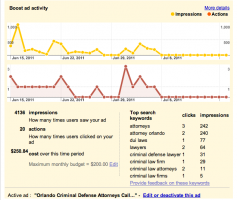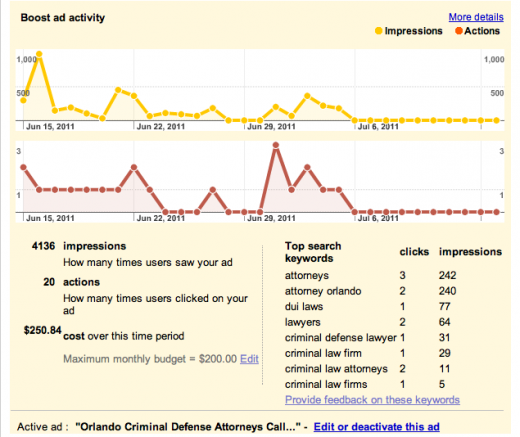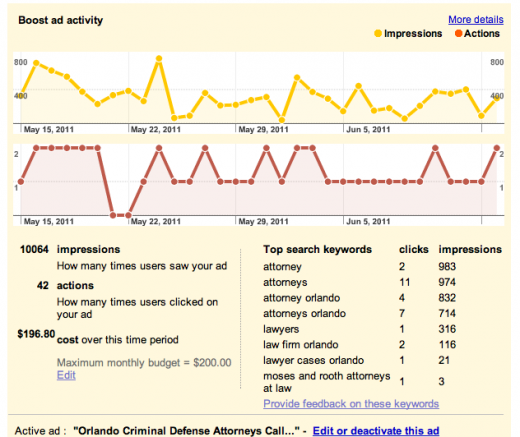Market rivalry between the three most prominent technology companies Apple, Google and Microsoft (listed here in an alphabetic order, without any bias) has been well documented in the media. Each organisation has its loyal group of followers but also equally large group of critics. The reality for most of us is that we have to use bits and pieces of technologies, tools and services from all three suppliers. Comparing financial metrics gives an interesting perspective on each competitor but between the figures, my very biased and stereotypical view of those three companies…
| Rank | Company | Market capitalization($ B) |
| 2 | Apple | 319 |
| 5 | Microsoft | 233 |
| 16 | 195 |
My impression of Microsoft is that it is ubiquitous in the personal computer world since overwhelming majority of desktop computers and laptops run on Microsoft software. You may not like Microsoft, or even totally hate it when their software crashes on you, yet you have no other choice but to use it. Microsoft software is a memory hungry beast and impossible to tinker with (forget trying to separate the pieces!) but that integrated “package” is so loved by “project manager” type of developers – just click on a few tick-boxes to configure individual pieces and “it all should work” (never mind how efficient it is and what it does under the hood).
| Rank | Company | Total enterprise value ($B) |
| 4 | Apple | 289 |
| 18 | Microsoft | 202 |
| 30 | 164 |
Apple, on the other hand, is “cute and flashy” (pun intended), and practical to the point of pain (you can’t do things any other way but the Apple way, but they put a lot of effort into interface design and user interaction functionality so it kinda grows on you over time). The development environment is limited to a “toy world” of smart apps and is not a domain where any “serious stuff” can happen. For now, but who knows how far Apple will be able to push the boundaries with their “cloud initiatives”.
| Rank | Company | Total physical assets ($M) |
| 748 | Microsoft | 7,800 |
| 750 | 7,760 | |
| 931 | Apple | 5,870 |
Then there is Google, very plain (in comparison to Apple) and messy (in contrast to Microsoft) but still mostly free and “unbounded” (although sadly, things are starting to change on that front). You can totally get lost in the maze of Google products and services. The downside is that you may never own the “fruit of your hard work” if the company drops support for a specific product (due to “cloudy” and proprietary nature of many of Google products, unfortunately you cannot get the source code and continue on your own). But oh my, when it works, it works. If “it” doesn’t do something now, there is a good chance that this extra functionality will be added sooner or later (pity you never know when…).
| Rank | Company | Revenue ($B) |
| 78 | Apple | 76 |
| 100 | Microsoft | 67 |
| 365 | 30 |
All in all, each company has its strengths and limitations, and their respective successes can be measured in different ways, as those financial metrics demonstrate…
| Rank | Company | Total employees (thousands) |
| 40 | Microsoft | 27.6 |
| 51 | Apple | 25.4 |
| 102 | 15.1 |


